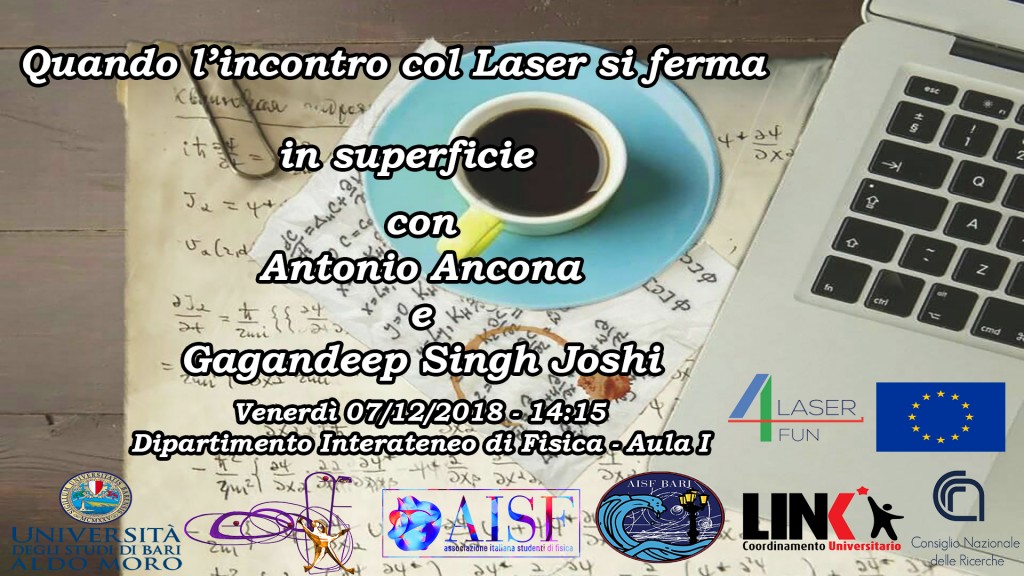Results of the work in the Laser4Fun project has been published as:
Marek Mezera and G.R.B.E. Römer. Upscaling laser-induced periodic surface structures (LIPSS) manufacturing by defocused laser processing, Proc. SPIE 10906, Laser-based Micro- and Nanoprocessing XIII, 109060U (4 March 2019); doi: 10.1117/12.2510004
Abstract
Low spatial frequency Laser-induced Periodic Surface Structures (LSFL) have been created on single crystal silicon with picosecond laser pulses with a wavelength of λ =1030nm with varying laser spot diameters obtained by a defocused laser beam. The laser processing parameters have been adjusted theoretically and experimentally to obtain similar LSFL for all studied laser spot diameters. The periodicity and amplitude of the LSFL were measured by SEM and AFM analysis. It has been found that the periodicities of the LSFL do not change when LSFL were created with larger laser spot diameters. The amplitudes of the LSFL decrease with increasing laser spot diameters, although this correlation is not strong.
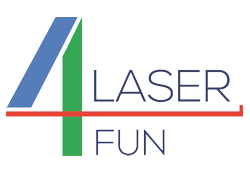
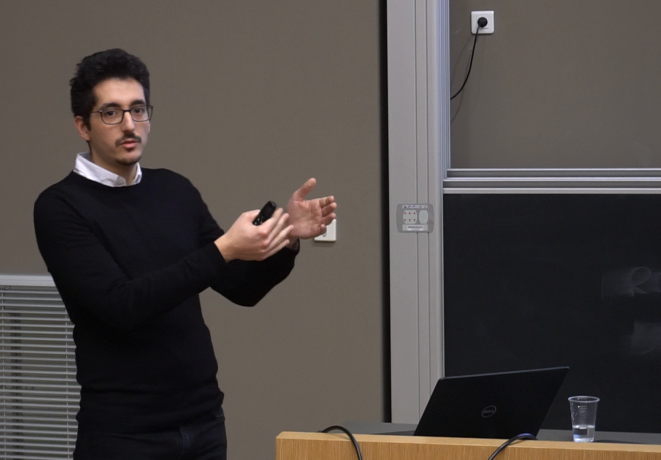
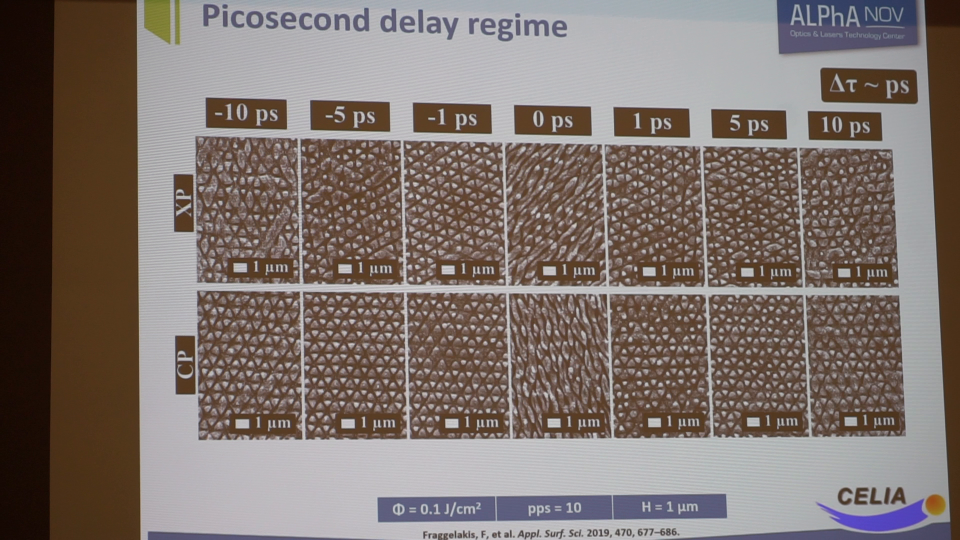
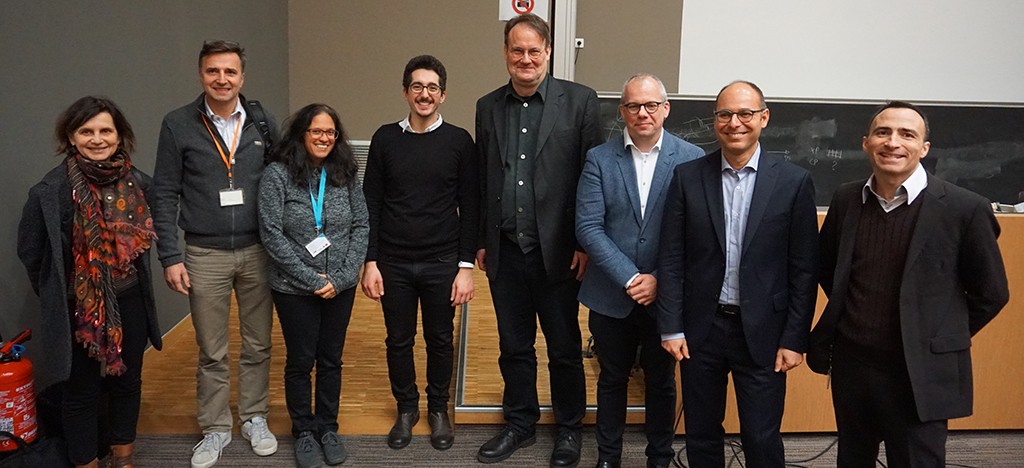
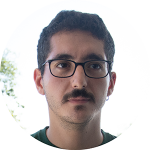 Fotis Fraggelakis
Fotis Fraggelakis